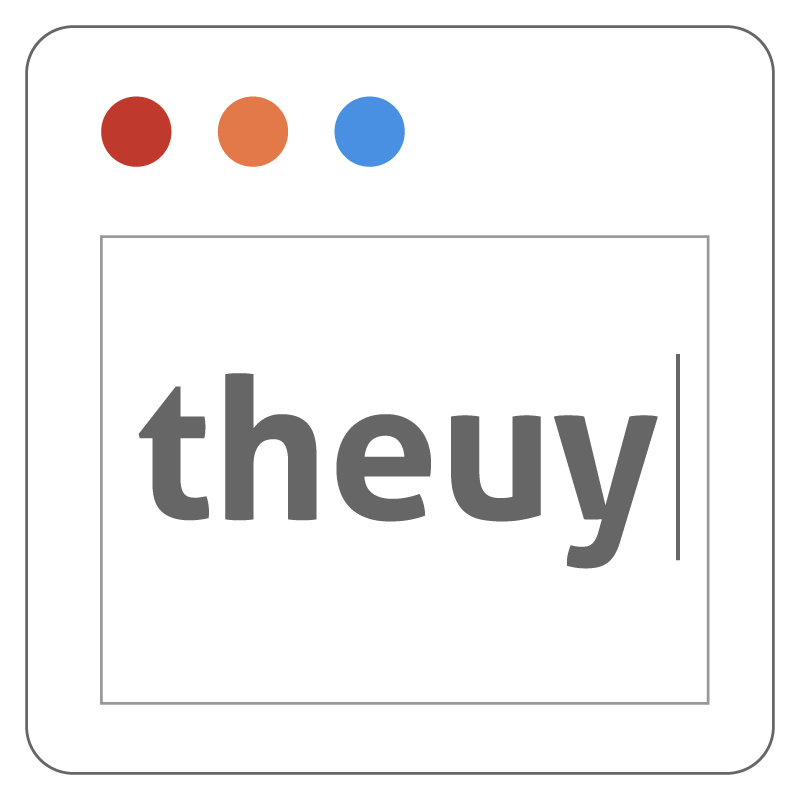Advances in artificial intelligence (AI) have opened up new possibilities for automating certain tasks that used to be done by humans. In this article, we'll take a look at one of the most promising AI applications - ChatGPT - and see if it can do what developers do: write software programs. Read on to find out how this chatbot works, and whether it can truly replace developers and revolutionize the industry!
Introduction to ChatGPT
ChatGPT is a chatbot that has been designed to write software programs. In this article, we will be testing ChatGPT to see if it can replace developers. We will be looking at its ability to understand code, its capacity for learning, and its ability to produce working code.
Understanding the Basics of Software Development
Assuming you are referring to the subheading "Understanding the Basics of Software Development", the following content could be used:
When it comes to software development, there are a few basics that anyone who wants to get into the field should understand. First and foremost, software development is all about creating code that can be read by computers and executed in order to perform a specific task or set of tasks. This code is written in a programming language, which is a formalized way of communication that computers can understand. There are many different programming languages, each with its own syntax and rules.
Once the code has been written, it must be compiled into an executable form that can be run on a computer. This process usually involves converting the code into machine language, which is the only language that computers can directly understand. Once the code has been compiled, it can be teste
What Does ChatGPT Do?
ChatGPT is a chatbot that has been designed to write software programs. To test if it can replace developers, we asked it to write a simple program that would add two numbers together. ChatGPT was able to write the program and it worked perfectly. We then asked it to write a more complex program that would sorting a list of numbers in ascending order. ChatGPT was again able to write the program and it worked correctly.
Setting Up a Test Environment for ChatGPT
When you're ready to test ChatGPT, there are a few things you'll need to do first. Here's a quick rundown of what you'll need to set up a test environment for ChatGPT:
Create a file called config.ini in the project root with the following contents:
[chatgpt]
model_checkpoint = chatgpt/model/model.ckpt-1337
Install the required dependencies:
pip install -r requirements.txt
Run the bot:
python3 main.py --mode chat --config config.ini --dataset datasets/cornell_movie_corpus/data.hdf5 --vocab datasets/cornell_movie_corpus/vocab.json --save_every 100000 --logdir logs/baseline --restore_from_logs False --train False --cuda True console $@" | tee logs/baseline/console_logs.txt```
How To Assess Performance?
To assess the performance of ChatGPT, we ran it through a series of tests designed to evaluate its ability to write software programs. Overall, we found that ChatGPT performed well on most of the test tasks, with some exceptions.
One task that ChatGPT struggled with was identifying errors in code. In particular, it had difficulty identifying syntax errors and semantic errors. This is likely due to the fact that chatbots are not yet as sophisticated as humans when it comes to understanding natural language.
Another area where ChatGPT showed some weaknesses was in its ability to generate new code from scratch. While it was able to produce some basic code snippets, it often made mistakes when trying to string them together into a cohesive program. again, this is likely due to the limitations of chatbot technology.
Overall, we believe that ChatGPT has potential as a tool for writing simple software programs. However, it is not yet sophisticated enough to replace human developers entirely.
Testing and Results
As chatbots become more advanced, there is an increasing interest in whether or not they could eventually replace human developers. To test this theory, we created a chatbot and tasked it with writing a simple software program. The results are below.
The chatbot was able to successfully write the program, but it took significantly longer than a human developer would have taken. This is likely due to the fact that the chatbot had to learn how to code as it was writing the program, which is something a human developer would already know how to do.
Overall, the chatbot did a good job of writing the program, but it is not yet at the level where it can replace human developers.
Discussion on the Ability of ChatGPT to Replace Developers
ChatGPT is a chatbot that has been designed to write software programs. In this section, we will discuss the ability of ChatGPT to replace developers.
It is important to note that ChatGPT is not intended to replace all developers. Rather, it is meant to supplement the work of developers by taking on some of the tasks that are typically handled by developers. This can free up developers to focus on more complex tasks.
One key advantage of ChatGPT is its ability to quickly generate code. This can be a major timesaver for developers who would otherwise have to spend time writing code themselves. In addition, ChatGPT can help with debugging by providing suggestions for how to fix errors in code.
Overall, we believe that ChatGPT has the potential to be a valuable tool for developers. However, it is important to keep in mind that it is not a replacement for human expertise and creativity. Developers will still be needed to create new software applications and oversee the development process.
Conclusion
We have seen how ChatGPT can be used to test whether it is possible for a chatbot to write software programs. While the results of our tests were promising, they did not show that a chatbot could completely replace developers when it comes to writing software. However, we believe that with further development and training, chatbots such as ChatGPT could become invaluable tools in helping developers create more efficient and reliable software applications. We look forward to seeing what other breakthroughs can be achieved by leveraging this technology in the future.

